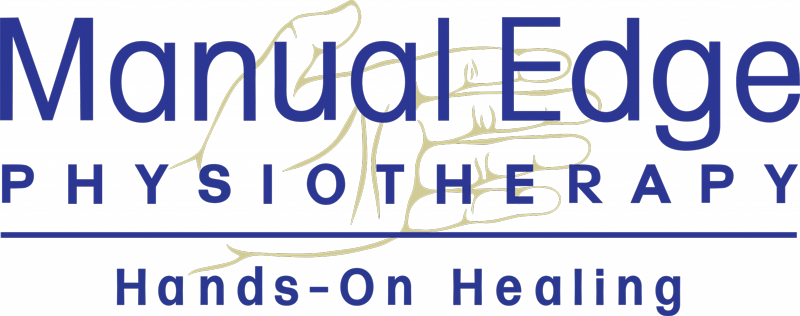Headaches, TMJ, and Facial PainIn Colorado Springs
Headaches, TMJ, and facial pain are often rooted in the combination of three areas of the body that need to work well together for you to be pain-free—jaw/bite, upper neck, and the craniofacial (head and facial bones) system. We’re experts in treating these areas to give you lasting results.
TMD is very common; more than 10 million people in the United States have it. TMD can be caused by:
- Bad posture habits. One of the reasons TMD is so common is because many of us spend a great deal of time sitting at a desk, where we often hold our head too far forward as we work. But there are many other kinds of bad posture. Sitting in the car for a long commute, working at a checkout station, cradling a telephone receiver against the same shoulder for long periods of time, always carrying your child on the same hip—all can place the head in an awkward position and cause jaw problems. The “forward head position” puts a strain on the muscles, disk, and ligaments of the TMJ. The jaw is forced to “rest” in an opened position, and the chewing muscles become overused.
- Chronic jaw clenching at night (“bruxism”). Many people clench their jaws at night while they sleep, usually because of stress. This puts a strain on the TMJ because of the constant strain on the joint and surrounding muscles.
- Problems with teeth alignment (“malocclusion”). If your teeth come together in an unusual way, greater stress is placed on your TMJ.
How Can a Physical Therapist Help?
Your physical therapist can help restore the natural movement of your jaw and decrease your pain. If the therapist determines that your jaw pain is not related to teeth alignment, the therapist will select treatments that will work best for you. Treatments used by physical therapists for TMD include:
- Posture education. If your therapist finds that you sit with your head in an increased forward position, this means that you are placing greater strain on the muscles beneath your chin, causing the lower jaw to pull back and the mouth to be in an open position even when resting, and increasing stress on the TMJ. You also might be overworking the jaw muscles to force the jaw closed so your mouth isn’t open all the time. Your therapist will teach you to be aware of your posture so that you can improve the resting position of your jaw, head, neck, breastbone, and shoulder blades when you’re sitting and walking.
- Improve jaw movement. Physical therapists use skilled hand movements called manual therapy to increase movement and relieve pain in tissues and joints. Your therapist also might use manual therapy to stretch the jaw in order to restore normal joint and muscle flexibility (how supple your muscles are) or break up scar tissues (“adhesions”) that sometimes develop when there is constant injury.
Your physical therapist will teach you special “low-load” exercises—exercises that don’t exert a lot of pressure on your TMJ but that can strengthen the muscles of the jaw and restore a more natural, pain-free motion.
Maintaining good sitting posture is key to preventing TMJ problems. Your physical therapist will show you how to maintain good sitting posture to prevent future episodes of TMD.
How do I know if TMJ Therapy is right for me?
You might benefit from physiotherapy if you have any of the following symptoms:
- Jaw pain
- Jaw fatigue
- Difficulty opening your mouth to eat or talk
- Ringing in your ears
- Headache
- Popping sounds in your jaw
- Neck pain
- Locking jaw
- Facial pain
- Trigeminal neuralgia


